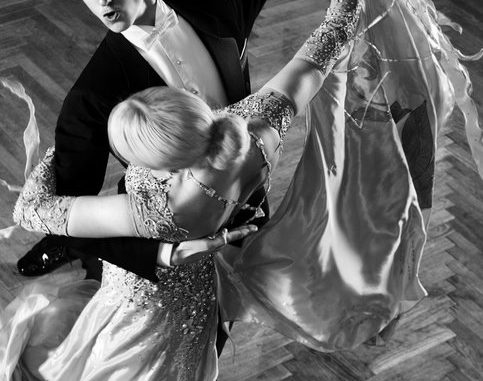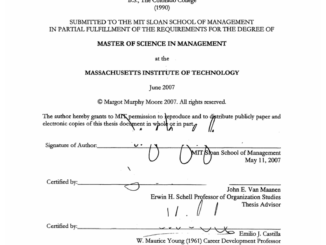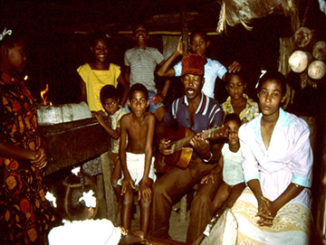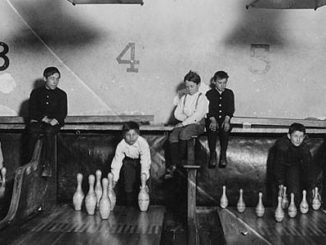
Ballroom Dancing is when a couple performs any of the various social dances that follow a pattern of predictable steps. Examples of these dances are the tango, waltz, fox trot and quick step. It has an immensely amplified popularity spreading across Europe, the Americas and Asia. Ballroom dancing has had a relatively short but interesting history and has evolved from a recreational activity to a worldwide sporting event.
Ballroom dancing originated in England in the late 18th and early 19th centuries in which these dances, such as the waltz, were performed by the upper and elite classes of society in balls and parties. During the late 19th to the early 20th centuries, it became a trend among the working and middle class where they would go to gatherings and events in public dance halls. In the early 1920s, ballroom dancing competitions started to boom that in 1924, an organization was formed called the Ballroom Branch of the Imperial Society of Teachers of Dancing. The objective of this organization was to standardize and formalize ballroom dancing techniques, sets of steps and music to which it was danced to.
In legitimate Dance Sport competitions and in social events, there are five standard dances. These are the Modern and the Viennese Waltz, the Tango, the Slow Foxtrot and the Quickstep. These dances are standardized and categorized into segregated teaching levels and utilize vocabulary, rhythm and tempo and techniques which are accepted internationally.
Although these dances come from very different backgrounds and have special techniques, aesthetics, rhythms and tempos, they do share common qualities. All ballroom dances, as with all forms of dance, are expressions of feelings, thoughts and emotions. These dances may be stricter than other forms of dance and may limit the range of steps and body movement involved, but it is still one of the best expressions of love, joy and pain between two people.
Also, all ballroom dances are performed by only two people, usually a man and a woman. These dances are performed in a certain position termed as the “Closed Hold”. In this position, the couple strictly remains in contact in five different points or places. These five points consists of three hand contacts, one elbow contact and one chest contact.
The first hand contact occurs when the man’s left hand holds the lady’s right hand. Second is when the lady’s left hand is placed at the top of the man’s right upper arm. In the tango, the lady’s left hand is placed behind the man’s arm, not on top of it. The third contact is when the man’s right hand is placed under the left shoulder blade on the lady’s back. The fourth contact is when the lady’s left elbow rests on the man’s right elbow and both arms are kept in a horizontal line. The lady’s arms are held comfortably by the man’s and permit her to follow the man’s lead with ease. This also gives the couple the appearance of having a bearing of royalty. This is an important characteristic in the ballroom dances that came from Western Europe because these dances were performed in the royal courts. The last point of contact is where the right area of the chest of one touches the right area of his partner. This closeness allows very little room between the partners’ faces thus contributing to the dance’s romantic appeal.
Proudly WWW.PONIREVO.COM
Source by Michael Russell



